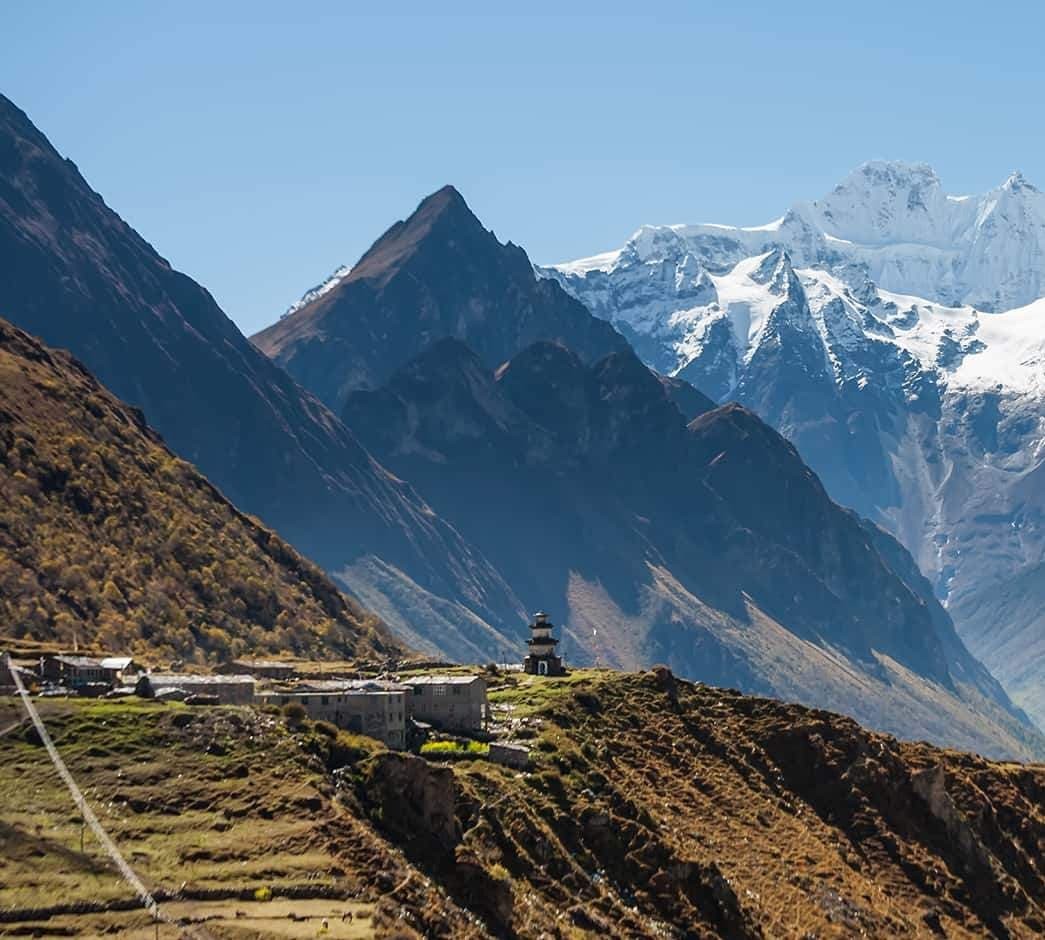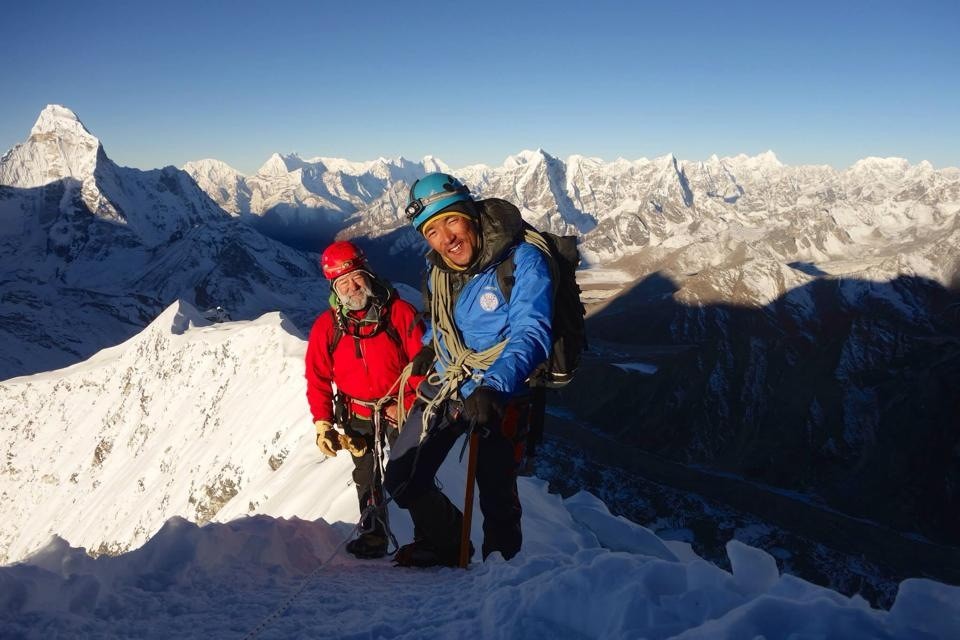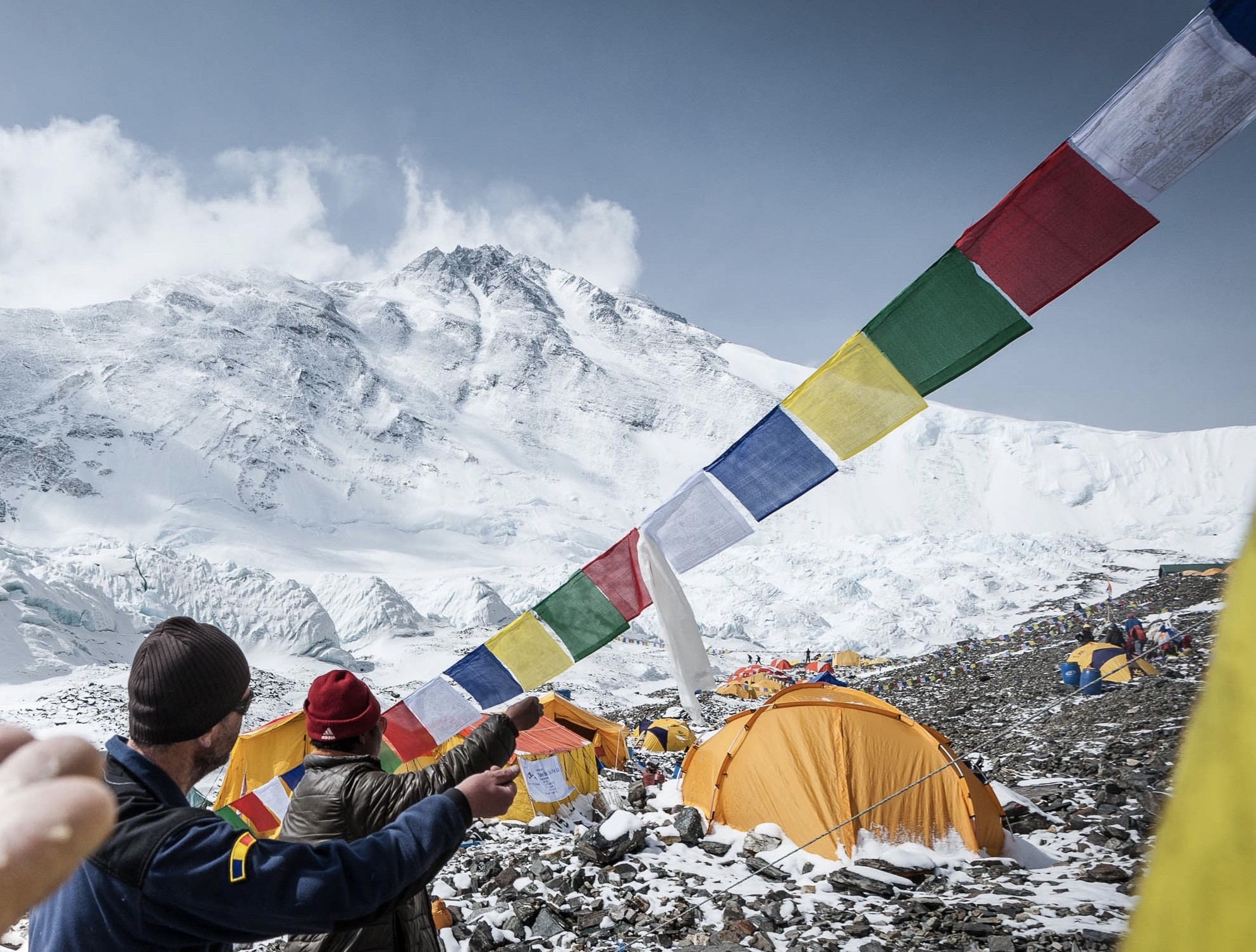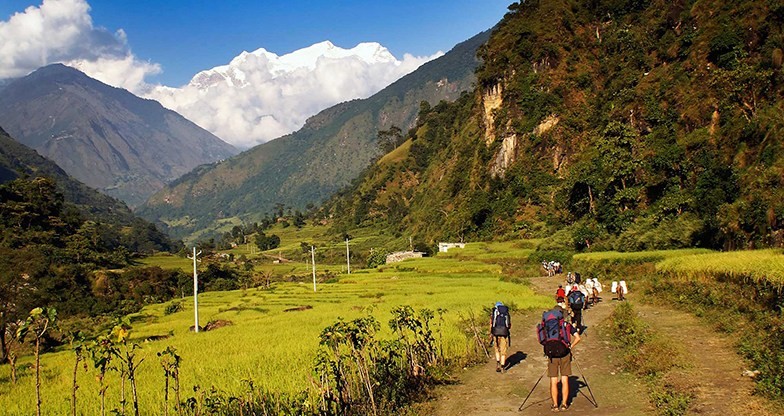

Manaslu and Tsum Valley trek is a captivating journey through two hidden gems in Nepal. The adventure offers remote landscapes, rich cultural heritage, and breathtaking mountain vistas. Take an exciting off-the-beaten adventure with a combination of both natural and spiritual exploration. Embark on the Manaslu and Tsum Valley Trek, that takes you deep into Nepal’s stunning Himalayas. This trek combines the beauty of the Manaslu Conservation Area with the remote Tsum Valley, near the Tibetan border, where you’ll experience a unique mix of Nepali and Tibetan culture, language, and traditions. This trek offers trekkers a combination of rich cultural heritage, unsurpassed beauty, and biological diversity. During this trip, one can see 10 peaks above 6500 metres such as Manaslu peak(8156), Larke Pass, Naike peak, Lamjung, Phungi (south face), Himlung, cheo Himal, etc and takes you into the majestic surroundings of the Ganesh Himal, Sringi Himal, and Boudha Himal ranges. Tsum Valley Trek takes the visitors to the hidden valley of Tsum meaning “vivid” home to the direct descendant Tibetan people known as Tsumbas, the Tsum Valley is located to the east of Manaslu, on the border with Tibet. Although the region lies within Nepal, the Buddhism influenced region is a world of its own.
Manslu in West – central Nepal is astounding with its fantastic mountain scenery spanning altitude from a few hundred meters to over 5000m. Home to a terrific variety of ecosystem, the Manaslu rute is one of the few true adventure experience. The trail links up with the eastern sector of the Annapurna circuit. Manaslu trek via Tsum valley around mighty 8163m high mountain of Manaslu and hidden valley of Tsum vally is unexpectedly poular among wilderness trekking knees. Though Manslu trek was opened in 1992 Tsum valley trek was released in 2008. This place is untouched by modernization where visitors can see immaculate state and remoteness and ancient ruins.
These two combined trekking in this region is extra spectacular and culturally most mesmerizing area that rewards the trekkers to discover ultimate nature and cultural heritage, unsurpassed beauty and a great bio diversity and experience the mountain is Tsum valley and Manaslu. Also Tsum valley’s acquaintance with Tibet,natural beauty and pristine culture make the trekking more unique. The breathtaking views of glorious Himalayan ranges will make you feel the typical Himalayan experience in this unique destination. Adventure Sherpa Tracks cordially welcomes you all for this amazing trip to Tsum Valley and Manaslu.

Trip Highlight
DAY
1
DAY
2
DAY
3
DAY
4
DAY
5
DAY
6
DAY
7
DAY
8
DAY
9
DAY
10
DAY
11
DAY
12
DAY
13
DAY
14
DAY
15
DAY
16
DAY
17
DAY
18
DAY
19
DAY
20
DAY
21
DAY
22
Trip Start: 2025-05-09
Trip End: 2025-05-26
spots available
Trip Start: 2025-10-21
Trip End: 2025-11-07
spots available
The main emphasis while trekking is on keeping warm and dry while still being lightweight. You should bring a rucksack or backpack for the gear required during the day. Your pack should contain items such as warm clothes, a jacket, a camera, water bottles, a personal first aid kit, and snacks. The weight limit is 5kg. A porter will carry the rest of your personal equipment packed in a duffel or kit bag. The weight limit for your duffel bag is 15 kg however it is different in the case of peak climbing and expedition.
A Note on Packing
For your international flights, we recommend that you pack all your equipment in your two duffle bags or suitcase. Do not simply pack your backpack (since the straps can be damaged by the baggage handling machines). It is important to lock these bags for their trip. Depending on the airport, you may be able to put your travel locks on after TSA has searched the bags. If not, Lock the bags with Zip Ties. If the TSA cuts off the zip-tie to search your bag, they will replace it. You will still need the travel locks to lock your bags in the hotel and during the trek. Generally, you will take one duffel on the trek , and leave one in the hotel in Kathmandu with your belongings for your time in the city. Your trek in duffel will only be accessible in the evenings (with items such as changes of clothing, sleeping bag), and your day pack will hold vitals such as water, layering, blister kit, and camera.
FOOTWEAR
Conclusion:
As the weather condition is unpredictable in the Himalayan region, you need to be prepared at all times. A day can start sunny with clear skies and later become cold and windy at the high altitudes.
Sometimes, it can rain and snow during the trekking period. You need to remember that for a successful trekking journey, your physical comfort must be the first priority.
Note:
Please note that these items listed above will vary according to the season, trek duration. Please remember that your luggage will be carried by the porter, but you need to carry a daypack on your own. We also suggest you pack only necessary items to keep the weight of your equipment to a minimum. Carrying a day pack only applies to the trekkers who take full package with us and those who take only guide they should bring the bag big enough to carry their own stuff. If you have any questions, please do not hesitate to contact us at your convenience.
1
This Manaslu trek is best done in pre-monsoon season i.e. from March to May and post-monsoon season i.e. from late September to December. In general, any time during October, November, April and May are considered the best months. Other recommended months for this trek are September, December and March. We do not recommend doing this trek during the rest of the months. Due to heavy snowfall in January and February it becomes very risky to cross the Larkya La Pass. Likewise, heavy rainfall causing flood and landslide can be experienced during June, July and August, so it is better to avoid these months.
2
The Manaslu Circuit Trek is a moderate to challenging trek that involves long hours of continuous hiking, steep ascents and descents, and high altitudes
3
Yes, you need a special restricted area permit to do the Manaslu Tsum Valley Trek. It can be obtained through a registered trekking agency.


